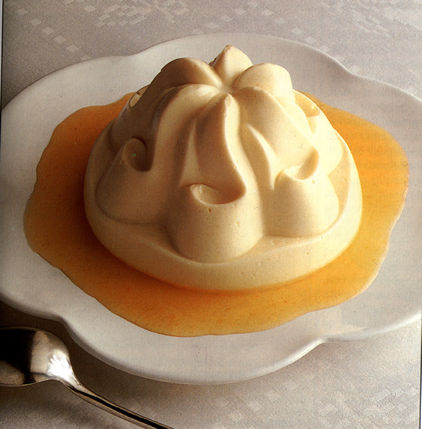
![]()
Regional Ice Creams » British Ice Cream
British Ice Cream
For a history and nostalgia trip for any one of the two leading rival of British ice cream companies Lyons Maid (now sadly defunct, and part of Nestle)their arch-rival being Walls.
In Britain how traditional British ice cream this differs from Americans style ice cream in general also what is the name of that ice cream called in America?
An ice cream van (British) or ice cream truck (American) is a commercial vehicle which serves as a traveling agencies outlet for ice cream, usually during the summer. Ice cream vans are very often seen parked at publ
ic events, or near parks,
beaches, or other areas where people congregate. Ice cream
vans are often traveling near where children play —
outside schools, in residential areas, or in the other locations.
They usually stop briefly before moving on to Next Street.
It is during their travel between stopping-off points that
their characteristic chimes could usually be heard.
Ice cream vans are often very brightly decorated and carry images of ice cream, or some other adornment, such as a cartoon characters. Most (at least in Britain) have painted-on notices: "Stop me and let me buy one!" being perhaps the most popular, but also commonly encountered is the more cryptic "Watch that cool child!" written on the back of the van, serving as a warning to passing the motorists that children may run out into the road at the sight of the van, or an appear without warning from behind it. Along the sides, a large sliding window acts as the serving hatch, and this is often covered with small pictures of the available products, with the associated prices. The most distinctive, memorable, and evocative feature of any ice cream vans is their melodic chimes, and often these take the form of a famous and recognizable tune.
Ice Cream Truck in the city Sydney, Australia Most ice cream vans tend to sold both pre-manufactured ice lilies (American English: popsicles) in a wrappers, and soft serve ice cream from a machine, served in a awesome cone, and often with tasty chocolate flake (in Britain) or a sugary syrup flavored with, for example, strawberry. Other vans tend to be run by small businesses, for selling their own variety of ice cream.
At least in the Britain, operators of ice cream vans had also diversified to fill gaps in the market for soft drinks, using their own capacity for refrigerated storage to sell chilled cans and bottles.
A large proportion of British ice cream vans are old in vehicles, many of which are old Ford Transit vans, and as the consequence can be quite smelly and noisy, due to the need to keep the engine running to supply energy for refrigeration. If stationary for a long period, as might be the case at a park where there is constant demand by the new customers, this could disturb the tranquility and atmosphere of the area. If moving from place to place, a van's musical accompaniment may have a similar effect, albeit temporarily, although the irritation is aggravated by the annoying and repetitive nature of the melody used. Early vans were less bothersome because of the relatively primitive techniques they used: The refrigeration was always ensured by large blocks of dry ice so the motor was always turned off when the vans were stopped for sales. The chimes were operated by a hand driven crank or a take-off from the motor, so they were not heard as often.